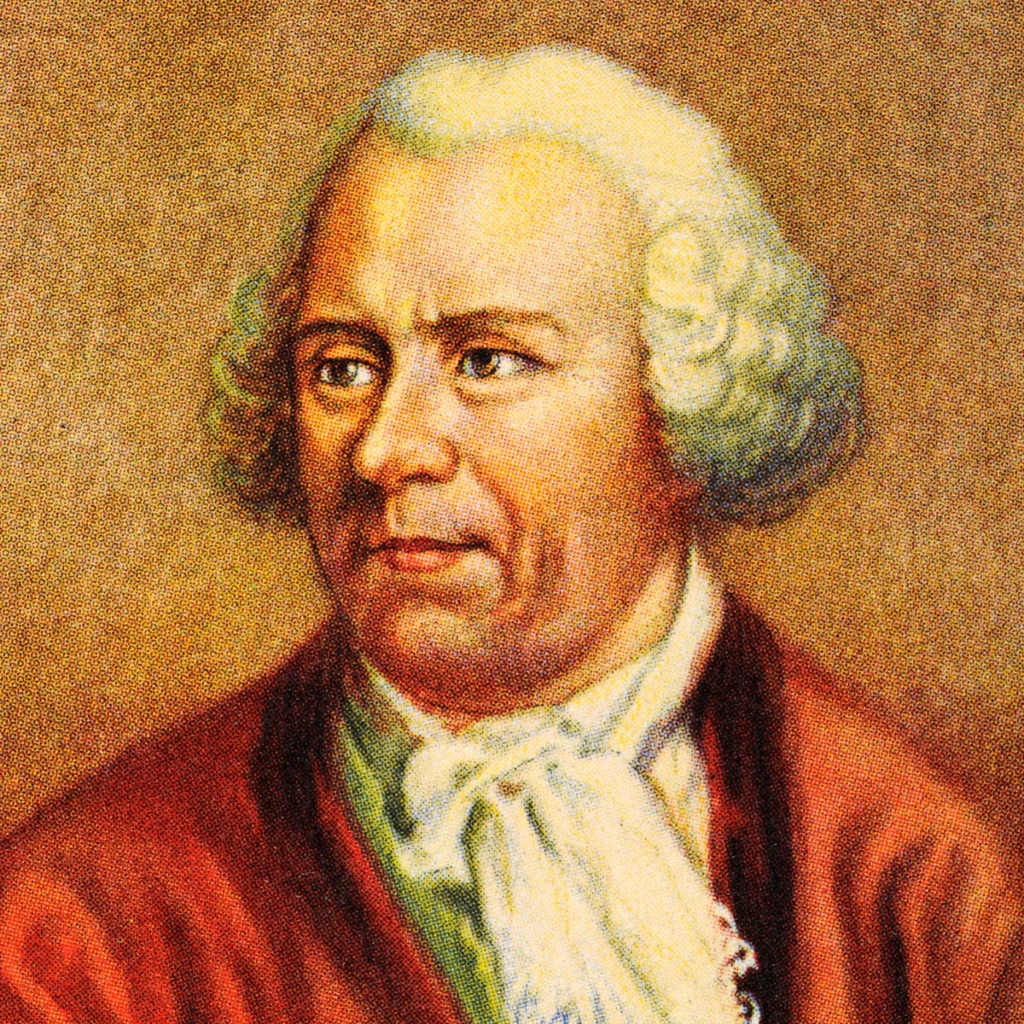
Table of Contents
Who Was Leonhard Euler?
Leonhard Euler was one of the most influential mathematicians in history, known for his groundbreaking contributions to a wide array of fields including geometry, trigonometry, calculus, and beyond. Throughout his career, Euler authored hundreds of articles and publications, continuing his prolific work even after losing his sight later in life.
Early Life and Education
Born on April 15, 1707, in Basel, Switzerland, Euler initially pursued studies for a career in the clergy, but his exceptional talent for mathematics redirected his path. Under the tutelage of Johann Bernoulli, one of the foremost mathematicians of the time, Euler developed his mathematical skills early. By his teenage years, he had earned a master’s degree from the University of Basel. In 1727, Euler moved to Russia, where he briefly served in the navy before joining the St. Petersburg Academy of Sciences as a professor of physics, eventually leading the academy’s mathematics division. He married Katharina Gsell in 1734, and the couple had many children, though only five survived to adulthood. After Katharina’s passing, Euler remarried her half-sister.
Euler’s first major work, Mechanica, was published in 1736, marking the beginning of his illustrious career. By the end of the decade, however, his health suffered, and he lost sight in his right eye due to overwork and illness.
Leadership at the Academy of Science
In the mid-1740s, Euler became the mathematics director of the newly founded Berlin Academy of Science and Beaux Arts, where he held numerous management positions, including a period as de facto head starting in 1759. Although he was not formally named president by King Frederick II, Euler enjoyed strong patronage from Catherine II of Russia. In 1766, he returned to Russia to lead the St. Petersburg Academy once again. By the 1770s, Euler had lost his sight completely, but with the help of assistants, he continued to produce a vast body of work, publishing many important articles even in his later years.
Revolutionary Contributions
Euler’s contributions to mathematics laid the groundwork for much of modern mathematical theory. He made significant advances in geometry, trigonometry, calculus, differential equations, and number theory, and introduced notations that are still in use today, such as π and the function notation f(x). His Euler’s Identity theorem is often cited as one of the most beautiful equations in mathematics. Euler’s work extended beyond mathematics, influencing fields such as astronomy, mechanics, acoustics, and music theory.
A prolific writer, Euler published hundreds of papers and books, including Letters to a German Princess, a well-known collection that explored scientific and philosophical topics for a general audience.
Euler’s brilliance and tireless work ethic left an indelible mark on the world of mathematics and science, solidifying his legacy as one of history’s greatest intellectuals.
Death and Legacy
On September 18, 1783, in St. Petersburg, Leonhard Euler passed away following a brain hemorrhage. Remarkably, he had been actively working until the very day of his death.
Euler’s contributions have left an indelible mark on the fields of mathematics and engineering. His pioneering work has been recognized and celebrated globally, particularly by the Mathematical Association of America and countless mathematicians. His legacy is also enshrined in the monumental Leonhardi Euleri Opera Omnia, a comprehensive collection of his works. This project, spanning over a century, has seen the publication of dozens of volumes, with the final two volumes projected for release in 2014. Euler’s influence continues to shape the modern mathematical landscape.
